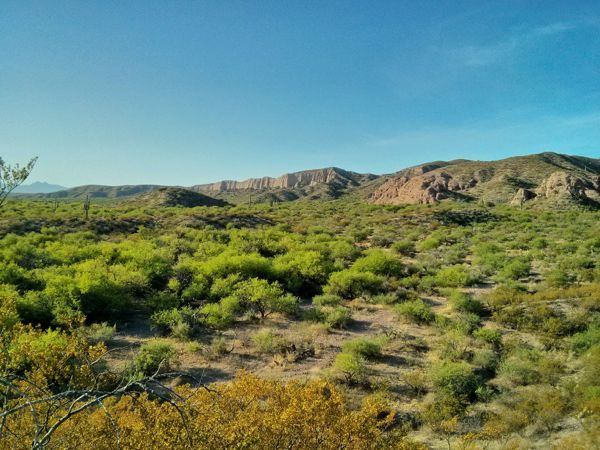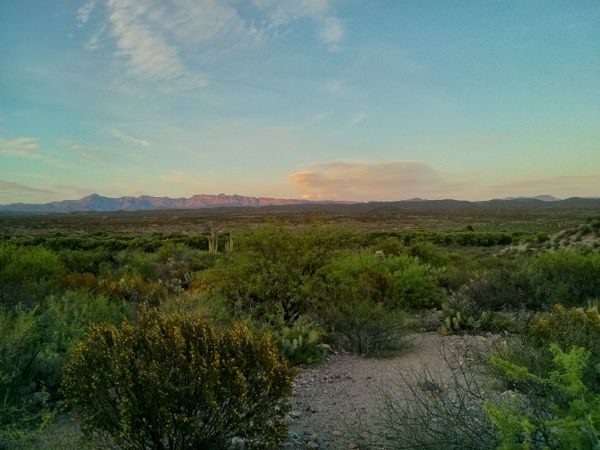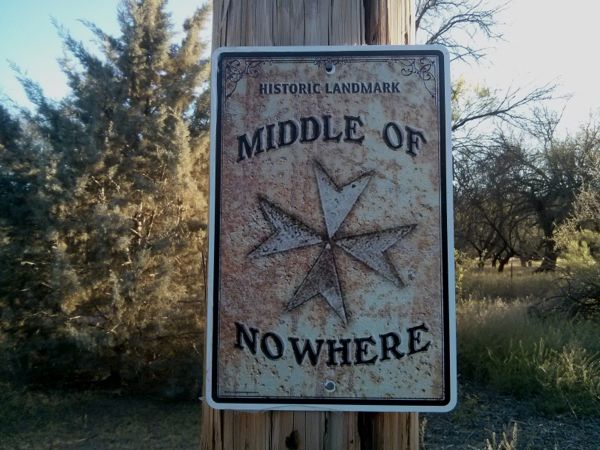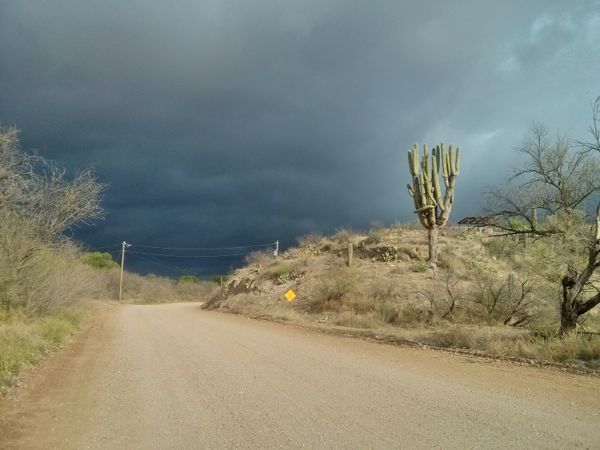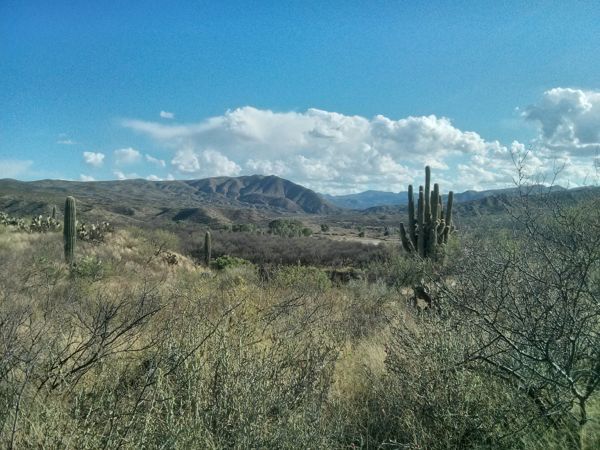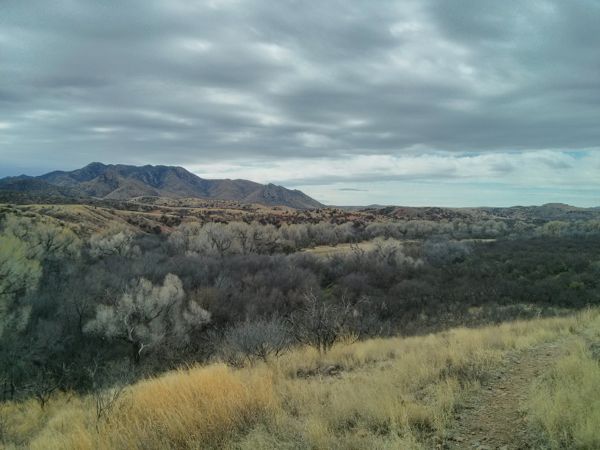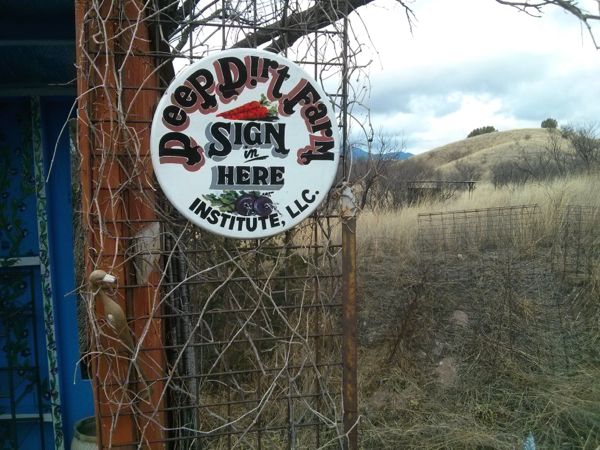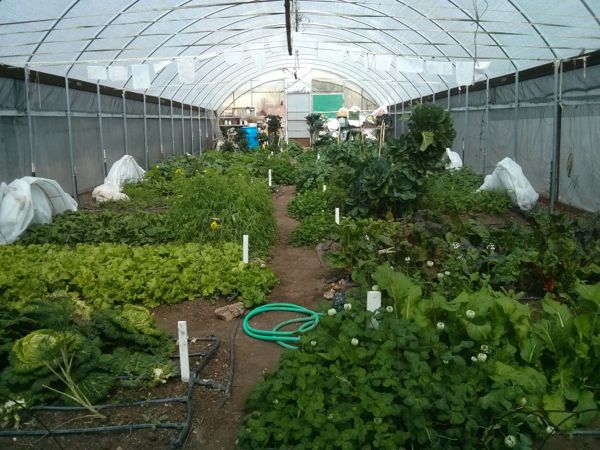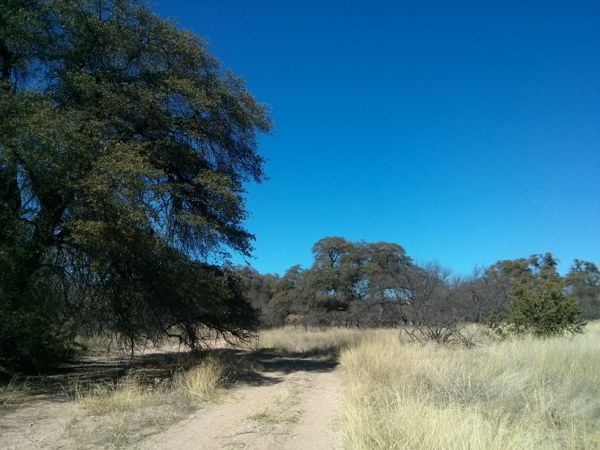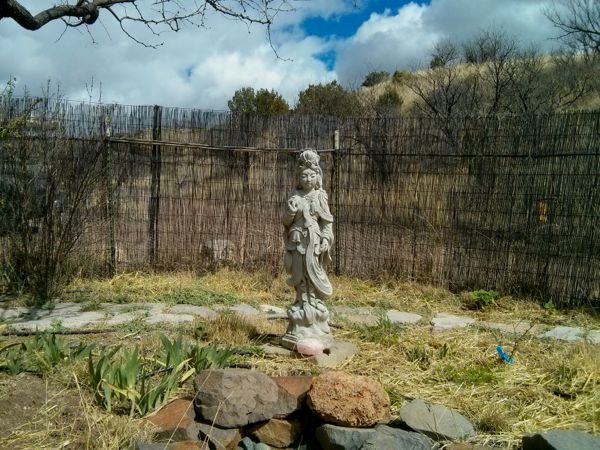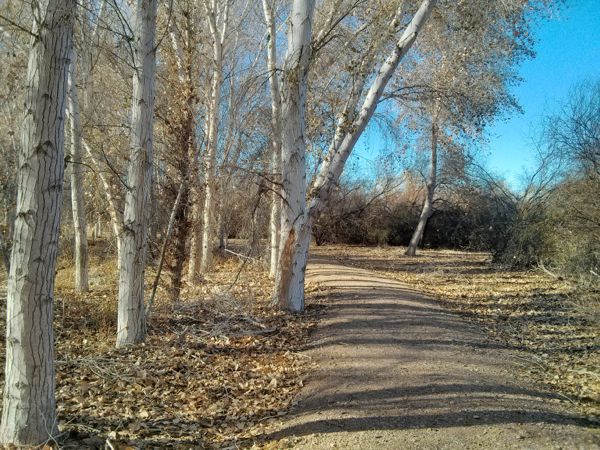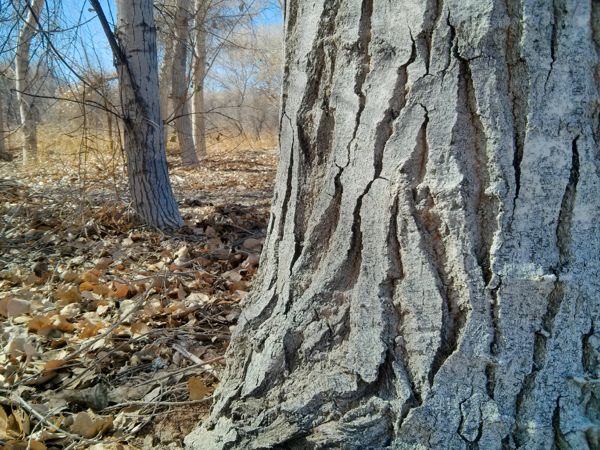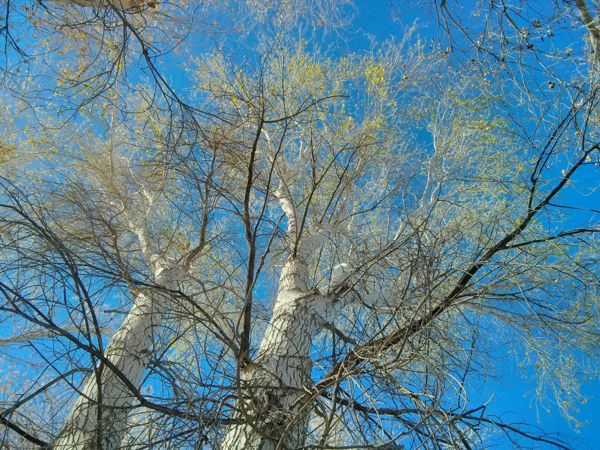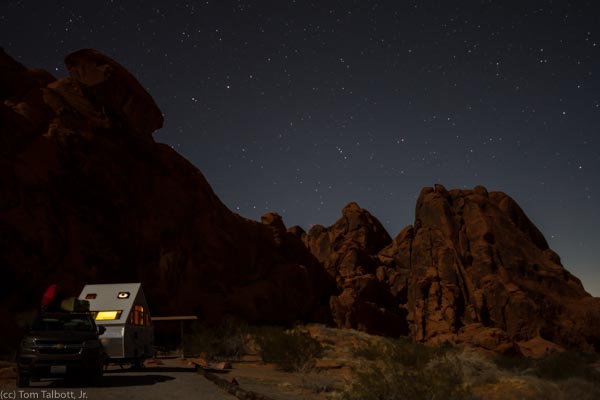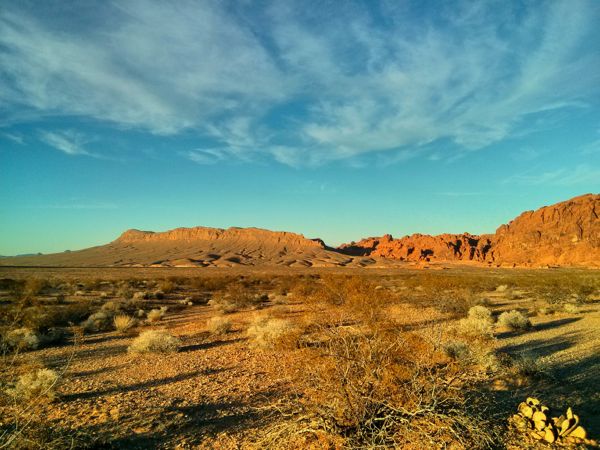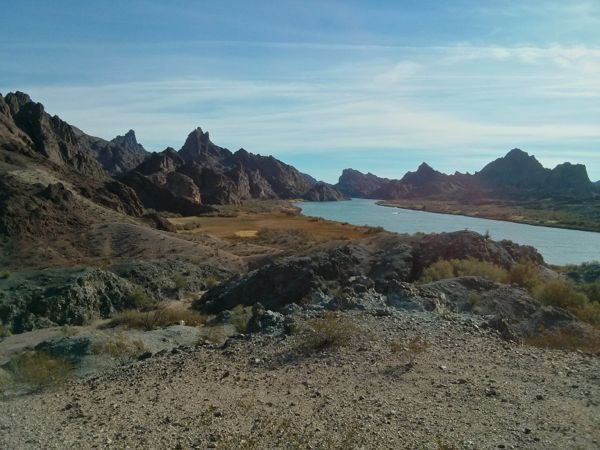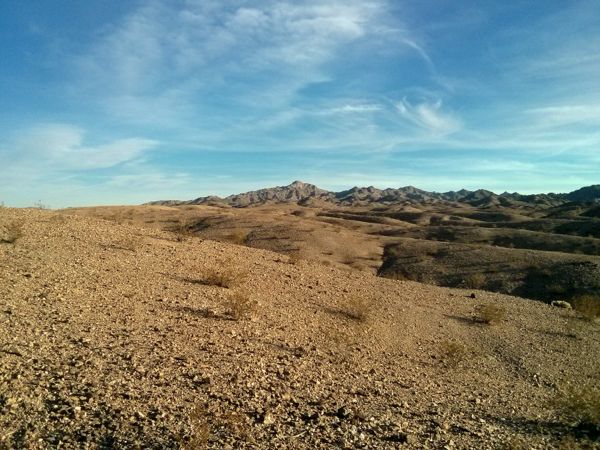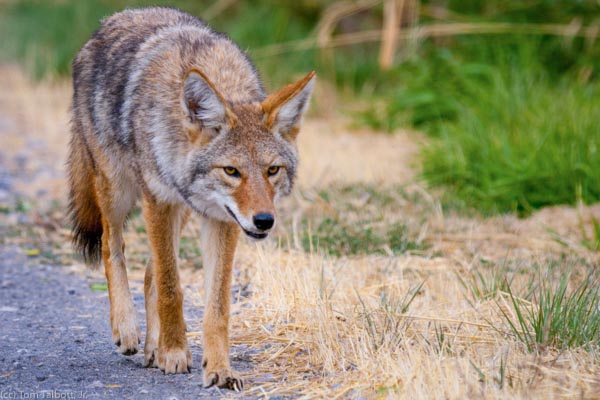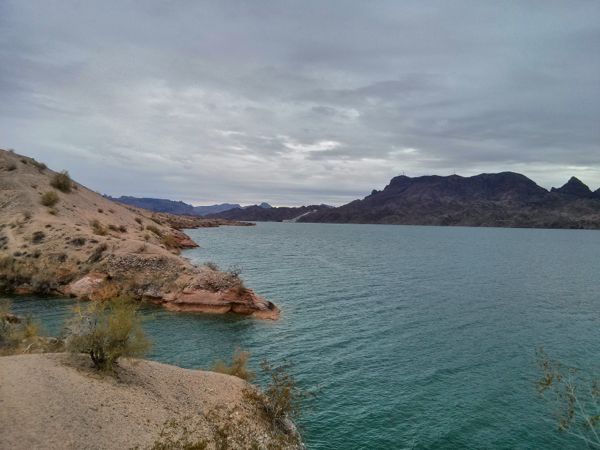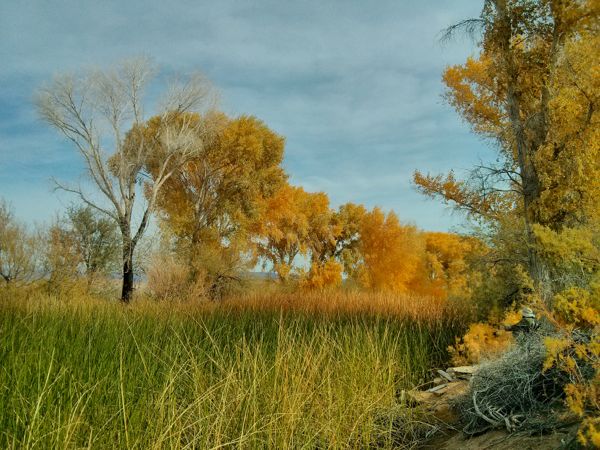A different kind of public space
 July 6, 2017
July 6, 2017 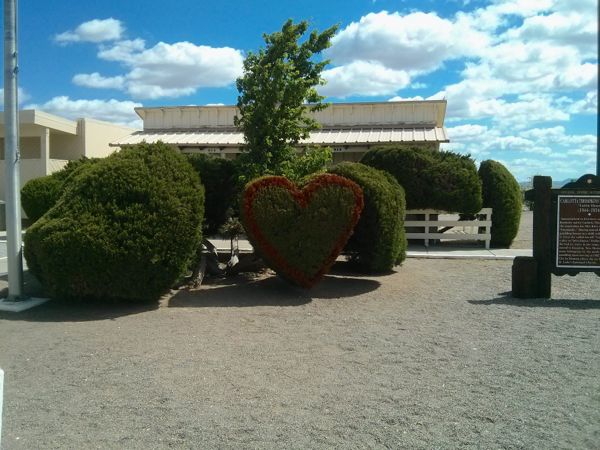 Highway rest stop, New Mexico
Highway rest stop, New Mexico
We have seen many kinds of public land in the past ten months—state parks, national forests, BLM holdings, etc.—but not having a bathroom in our trailer has given us an appreciation for a more basic kind of public space: the public toilet and shower.
My attitude toward public restrooms—especially the showers—helps me realize how much has changed for me in subtle ways since we began. At first, the challenge of taking a satisfying shower in my flip flops in some dank, spider-infested, coin-operated, concrete cubicle pretty much cancelled out the pleasure of the shower. How do I keep my clothes dry when there’s no shower curtain? How do I know when the two minutes that my token buys is almost up so I am not left with a head full of shampoo? And what IS that in the corner..??
Now, though, I feel nothing but appreciation for any kind of shower—dank or not. And over the last ten months of depending mostly on public restrooms I have acclimated to the parade of options, from the KOA that was lined floor-to-ceiling in fake-gilt-edged mirrors, to the most basic pit toilets—hole, pit, cover, door and that’s about it.
I am not sure exactly what caused this change—probably it just comes from repeated experience—but my initial squeamishness about unfamiliar conditions has been replaced, mostly, by ease. It feels normal now to be living so much of the time in public space. It feels normal to not own anything other than the toiletries I carry with me. It feels normal to walk a few hundred yards to get to the bathroom, or to stand in line to wait at “rush hour,” or to perhaps meet someone from another country during the wait.
All of this has given me a more basic sense of connection to the rest of the human race—to the reality that we share resources and fundamentally depend on each other for our survival, especially in our increasingly interconnected social structures. Using a public toilet is a visceral reminder several times a day that the way we conduct ourselves—our "aim" in life, so to speak—affects other people.
And, oddly, one of the best things about this arrangement is directly correlated to its inconvenience. Some of my best memories are from nighttime walks when nature called at two a.m.: the brilliant stretch of stars across a black canyon; the smell of frost on the grass; the chatter of elf owls calling back and forth between the trees; or just the vast simple silence of the night, full of the life-breath of the world. I would not have had these experiences if I had been able to stumble half-asleep into my own private indoor room.
I do appreciate a well-designed shower and have developed some opinions about what that looks like. I have joked that there is a career out there for me as a state-park-shower-stall-design consultant. (A shelf! They have been around for years…how hard is it to put one in the shower so your soap doesn’t dissolve and float away!) But the trend in my thinking this year has been toward more gratitude and less evaluation. That really anything that delivers warm, clean, running water (and even the warm part is optional) is one of the wonders of the modern world.
And it is easy to get entranced by bathroom design and forget what the purpose of it is and how it is connected to the rest of the world. My favorite toilets of the trip were the simple composting toilets designed by David Omick that many people have built in Cascabel. In fact, when we stayed there two years ago, the composting toilet at the cabin was one of the things that drew me back. It was a relief to begin to see how this most basic form of "waste" could be a resource instead of a pollution problem. Likewise, David and his wife Pearl have also created a simple outdoor shower that has a natural water-saving device: they can use as much water as they want, but they have to carry every drop they use from the holding tank to the simple gravity-fed shower bucket.
This is the main thing that is making me want to settle down again—the desire to do things like have a compost pile and an herb garden, or to build some simple structures for daily living that directly connect our bodies and the land. Until then, I am grateful that we can still get along well enough as a society to have public restrooms.
---------------------
We made a brief pass along the west side of New Mexico, but realized that we had seen so many new things by then that we needed some time to assimilate our experiences. So instead of going further into New Mexico and Colorado, after a few weeks on the Rio Grande River we angled briefly into the southwest corner of Colorado before traveling fairly directly (for us) up through Utah and Idaho to my family's farm near Spokane, WA. It felt a little strange at first to be in trees and green again, but it has been good to return to familiar landscapes and faces. While we may be getting comfortable in public spaces, we also appreciate the hospitality of friends and family who have hosted us along the way. Things seemed to work out just when we needed them, like our friend in Idaho being home briefly on the very weekend we needed a place to park the trailer for a few days in order to take a side trip to attend a funeral in Portland. Sometimes the flow of the river of life is more powerful than planning...
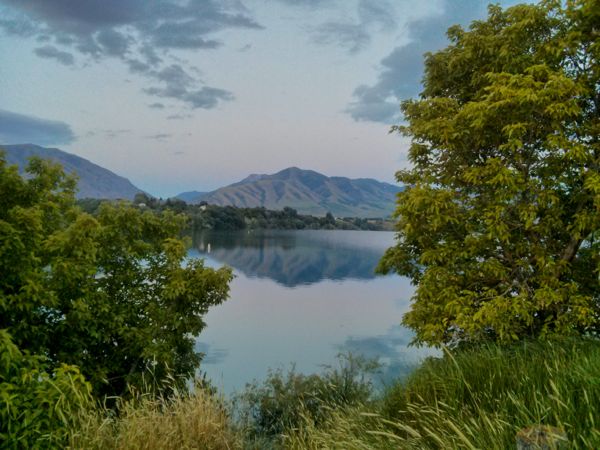 Lots of green things at Hyrum Reservoir, Utah
Lots of green things at Hyrum Reservoir, Utah
